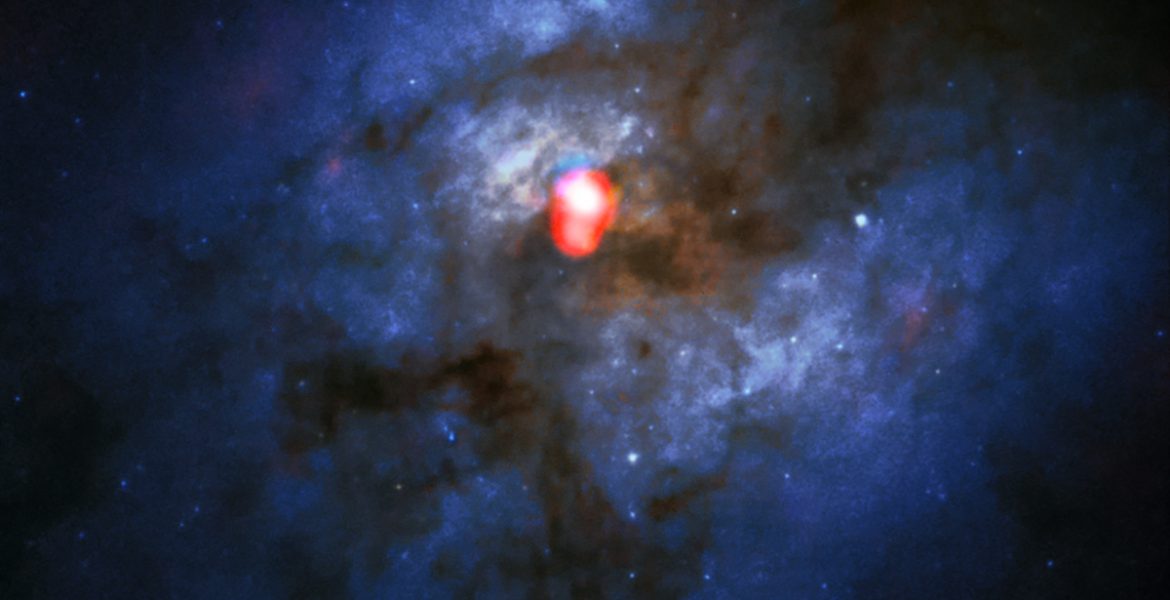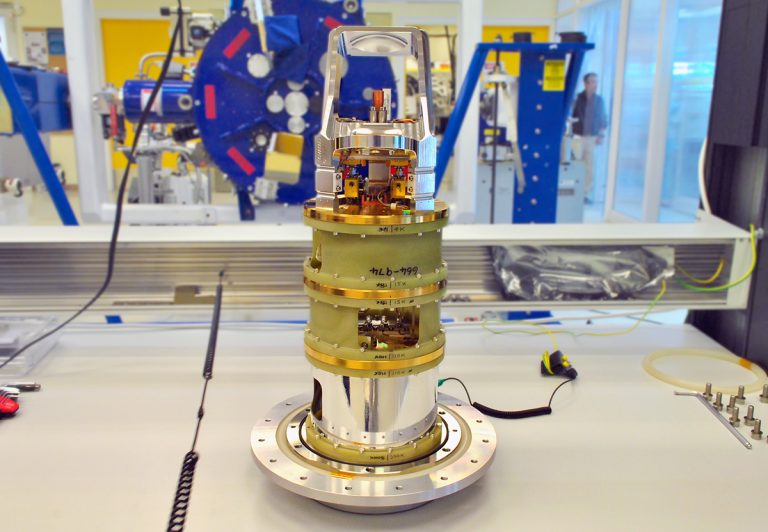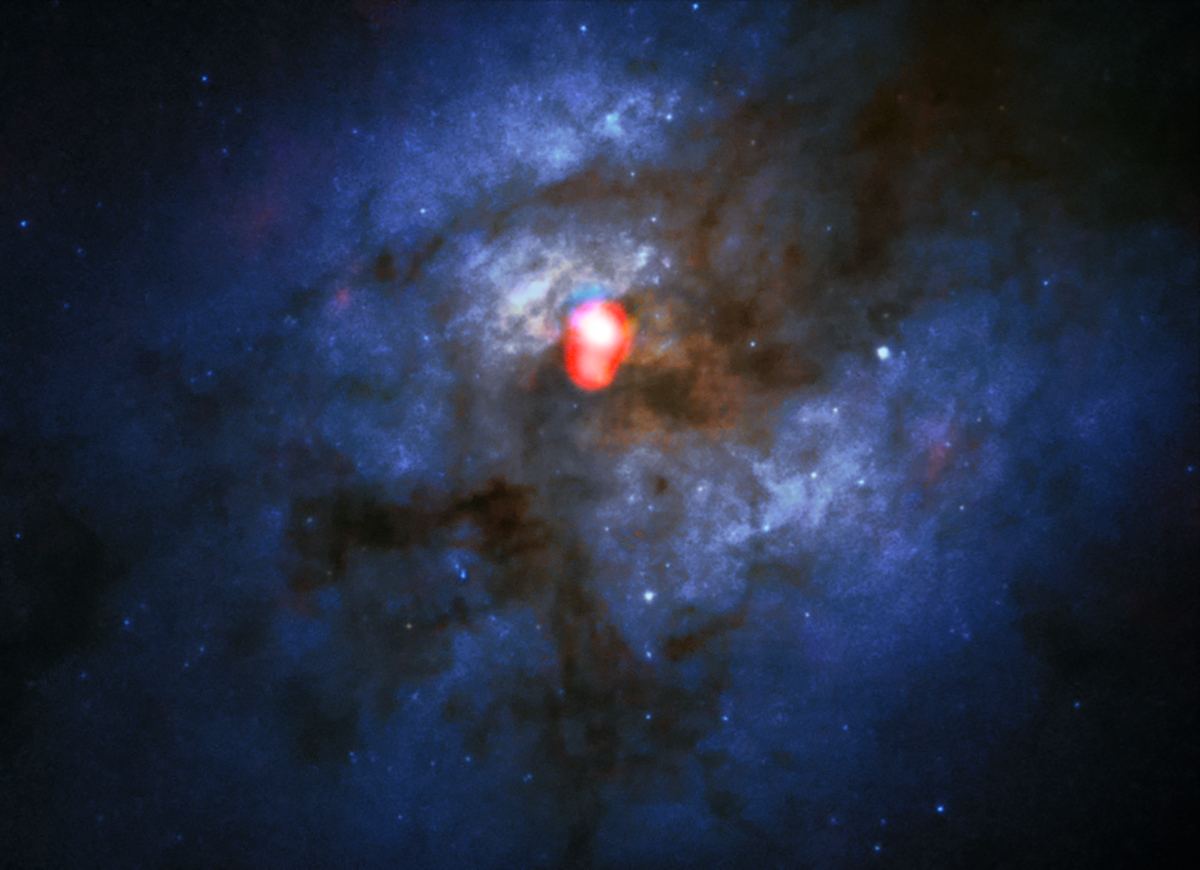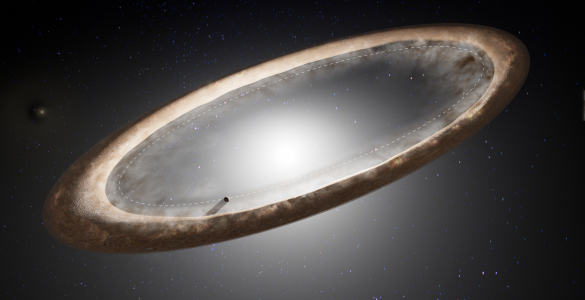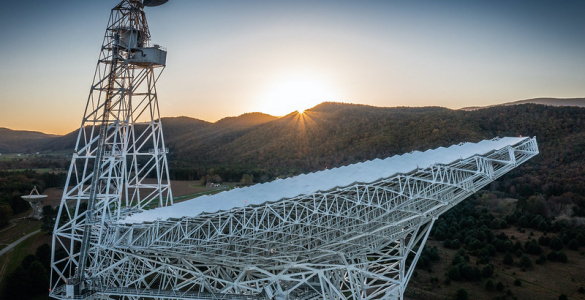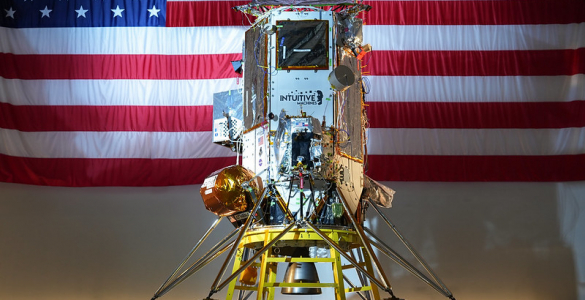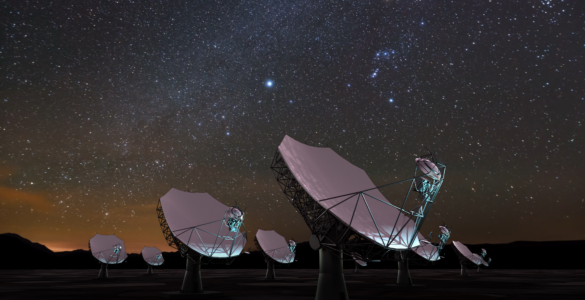New receivers improve ALMA’s ability to search for water in the Universe
The Atacama Large Millimeter/submillimeter Array (ALMA) in Chile has begun observing in a new portion of the electromagnetic spectrum. This has been made possible thanks to new receivers installed at the telescope’s antennas. These new receivers detect radio waves with wavelengths from 1.4 to 1.8 millimeters — a range previously untapped by ALMA. This upgrade allows astronomers to detect faint signals of water in the nearby Universe.
ALMA observes radio waves from the Universe at the low-energy end of the electromagnetic spectrum. With the newly installed Band 5 receivers, ALMA has now opened its eyes to a whole new section of this radio spectrum, creating exciting new observational possibilities.
“The new receivers will make it much easier to detect water, a prerequisite for life as we know it, in our Solar System and in more distant regions of our galaxy and beyond. They will also allow ALMA to search for ionized carbon in the primordial Universe,” explains Leonardo Testi, the European ALMA Program Scientist.
ALMA’s unique location at 5,000 meters above sea level on Chajnantor plateau in Chile makes such an observation possible. As water is also present in Earth’s atmosphere, observatories in less elevated and less arid environments have much more difficulty identifying the origin of the emission coming from space. ALMA’s great sensitivity and high angular resolution mean that even faint signals of water in the local Universe can now be imaged at this wavelength.
The Band 5 receiver, which was developed by the Group for Advanced Receiver Development (GARD) at Onsala Space Observatory, Chalmers University of Technology, Sweden, has already been tested at the APEX telescope in the SEPIA instrument. These observations were also vital to help select suitable targets for the first receiver tests with ALMA.
The first production receivers were built and delivered to ALMA in the first half of 2015 by a consortium consisting of the Netherlands Research School for Astronomy (NOVA) and GARD in partnership with the National Radio Astronomy Observatory (NRAO), which contributed the local oscillator to the project. The receivers are now installed and being prepared for use by the community of astronomers.
To test the newly installed receivers, observations were made of several objects, including the colliding galaxies Arp 220, a massive region of star formation close to the center of the Milky Way, and also a dusty red supergiant star approaching the supernova explosion that will end its life.
# # #
The Atacama Large Millimeter/submillimeter Array (ALMA), an international astronomy facility, is a partnership of ESO, the U.S. National Science Foundation (NSF) and the National Institutes of Natural Sciences (NINS) of Japan in cooperation with the Republic of Chile. ALMA is funded by ESO on behalf of its Member States, by NSF in cooperation with the National Research Council of Canada (NRC) and the National Science Council of Taiwan (NSC) and by NINS in cooperation with the Academia Sinica (AS) in Taiwan and the Korea Astronomy and Space Science Institute (KASI).
ALMA construction and operations are led by ESO on behalf of its Member States; by the National Radio Astronomy Observatory (NRAO), managed by Associated Universities, Inc. (AUI), on behalf of North America; and by the National Astronomical Observatory of Japan (NAOJ) on behalf of East Asia. The Joint ALMA Observatory (JAO) provides the unified leadership and management of the construction, commissioning and operation of ALMA.






